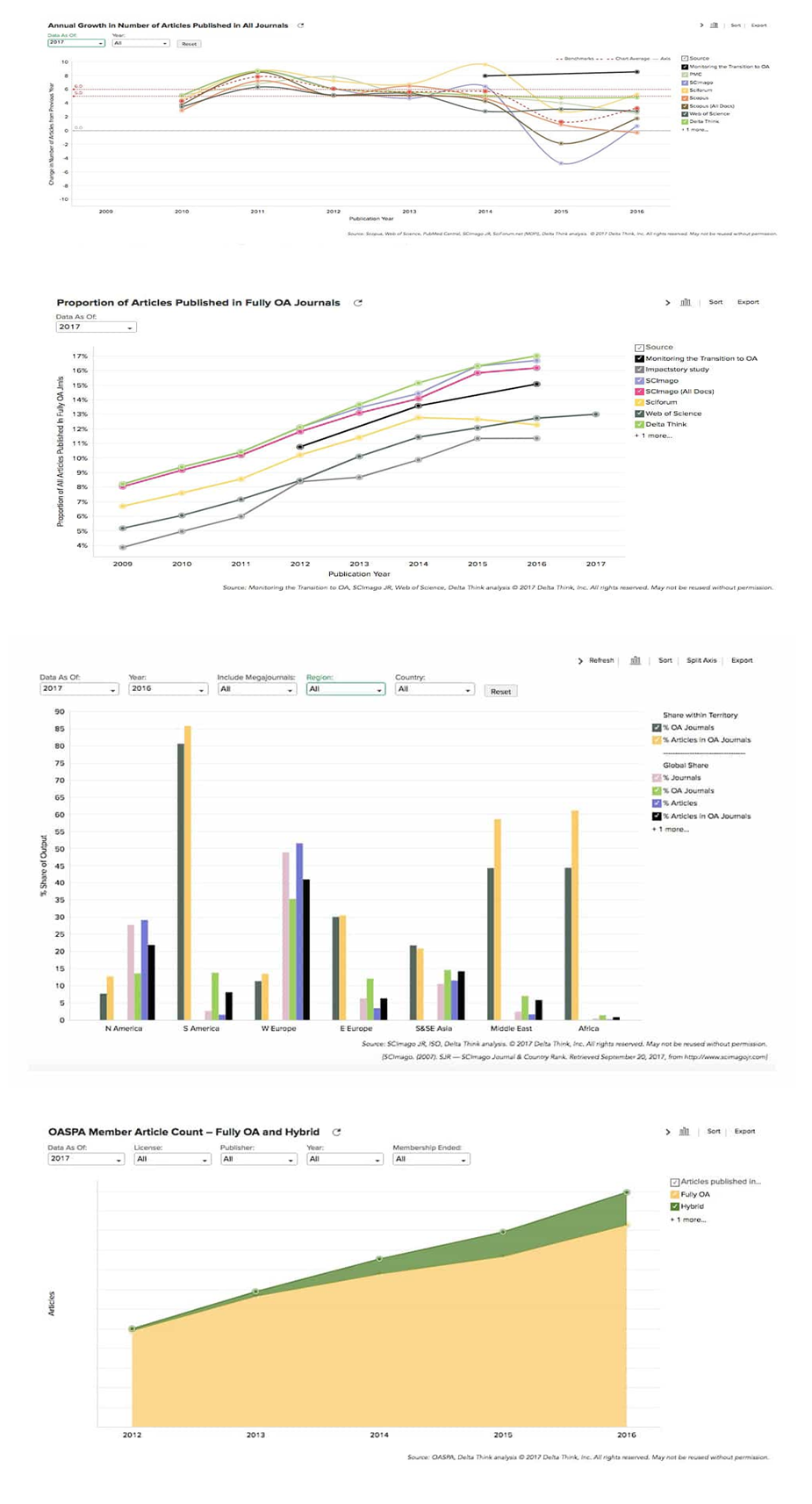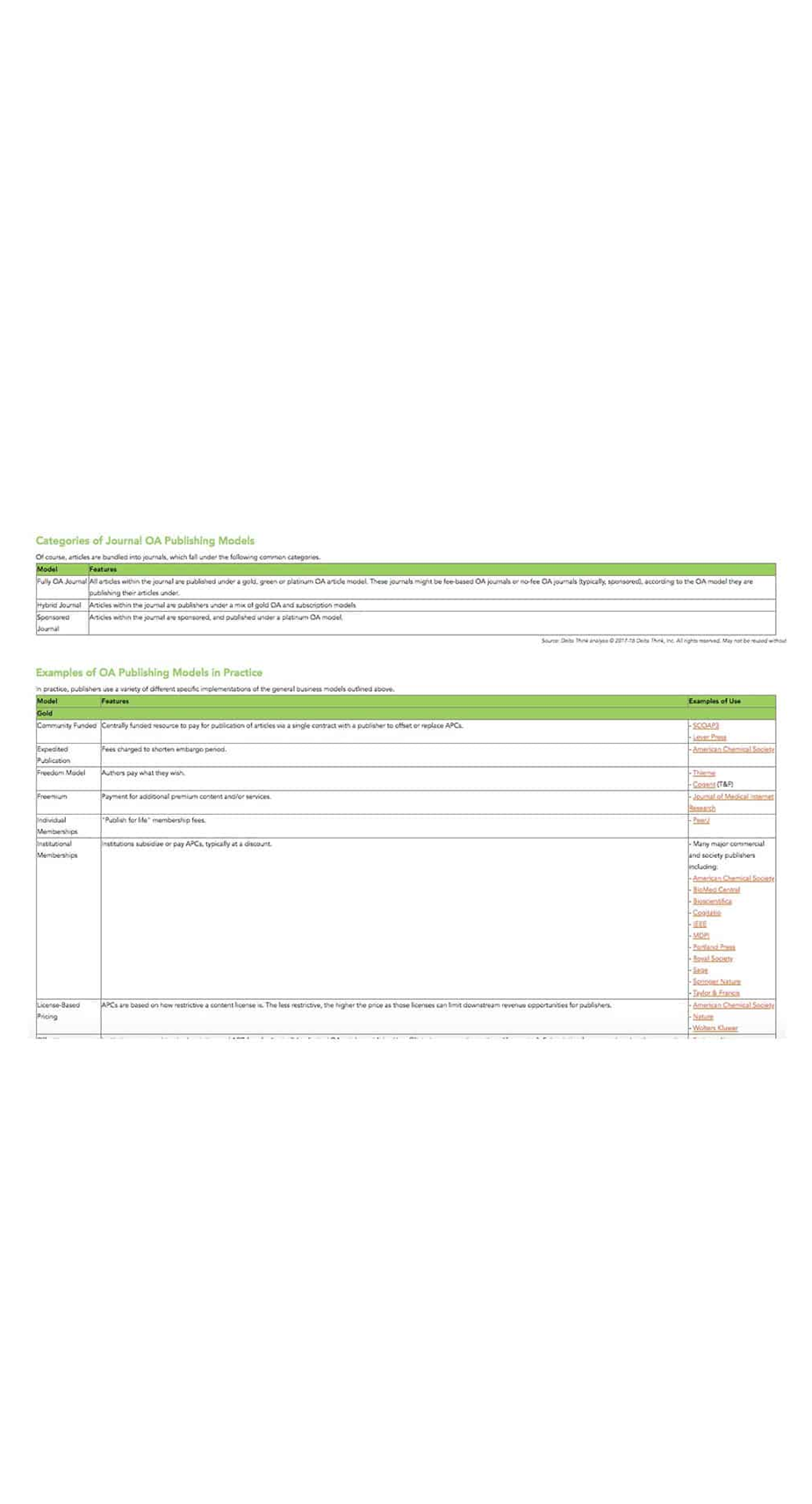Publishers
Societies, Commercial, and Not-for-Profit
Evaluate your journals against the market and your competition
Set your publishing strategy based on market and Open Access trends in your discipline
Assess the impact of funder mandates on your portfolio (including Plan S)
Use reliable and accurate data to support your publishing decisions
Institutions
Libraries, Consortia, and Funders
Evaluate your Collection using data on subscription and Open Access uptake and trends
Create negotiating strategies based on market developments
Assess and manage APC allocation and budget
Maintain or assess compliance with current policies and mandates
Service Providers
Aggregators and Platforms
Track market trends and developments; Identify strategic opportunities
Enhance your offerings and increase your value to your clients
Participate in growing the data set by providing new data sources
Conduct and publish your own analyses based on the DAT
Want To Learn More About Our Analytics Tool?
All organizations need to make data-driven decisions. Best practice includes defining strategy, monitoring its progress, and adjusting trajectory proactively, leveraging the best data. Still, several challenges exist including varying reliability of data sets, insufficient analysis tools, and lack of internal bandwidth or competencies. These hurdles can make it difficult to structure data analysis into actionable insights.
The Delta Think Data & Analytics Tool (DAT) addresses those needs and provides organizations with the insights necessary to make continual, intelligent, data-driven decisions.
- The DAT gives you the independent overview of the changing balance between subscription and open access, visualizing the trends in uptake, pricing, and value you need to develop your strategy and support your actions.
- You can quickly and easily compare specific subjects, territories, publishers, major OA imprints and society-owned titles, so you can understand the trends and competitive landscape relevant to your organization.
- With expert commentary and highly visual presentation of market trends, the DAT allows publishers, institutions, researchers, funders, and other scholarly communications stakeholders to make informed choices and to clearly communicate market behavior.
- By combining, organizing, and updating disparate data sets which have been historically difficult to use together, DAT provides collated, curated, and normalized data and analysis, from an unbiased and objective viewpoint.
- Adding anonymized survey data of publishers’ actual activities to normalized market data allows for a thorough analysis of the total market and your position in it.
The Delta Think Data & Analytics Tool provides you with the data and insights you need to make continual, intelligent, data-driven decisions. Contact us for more information today!






